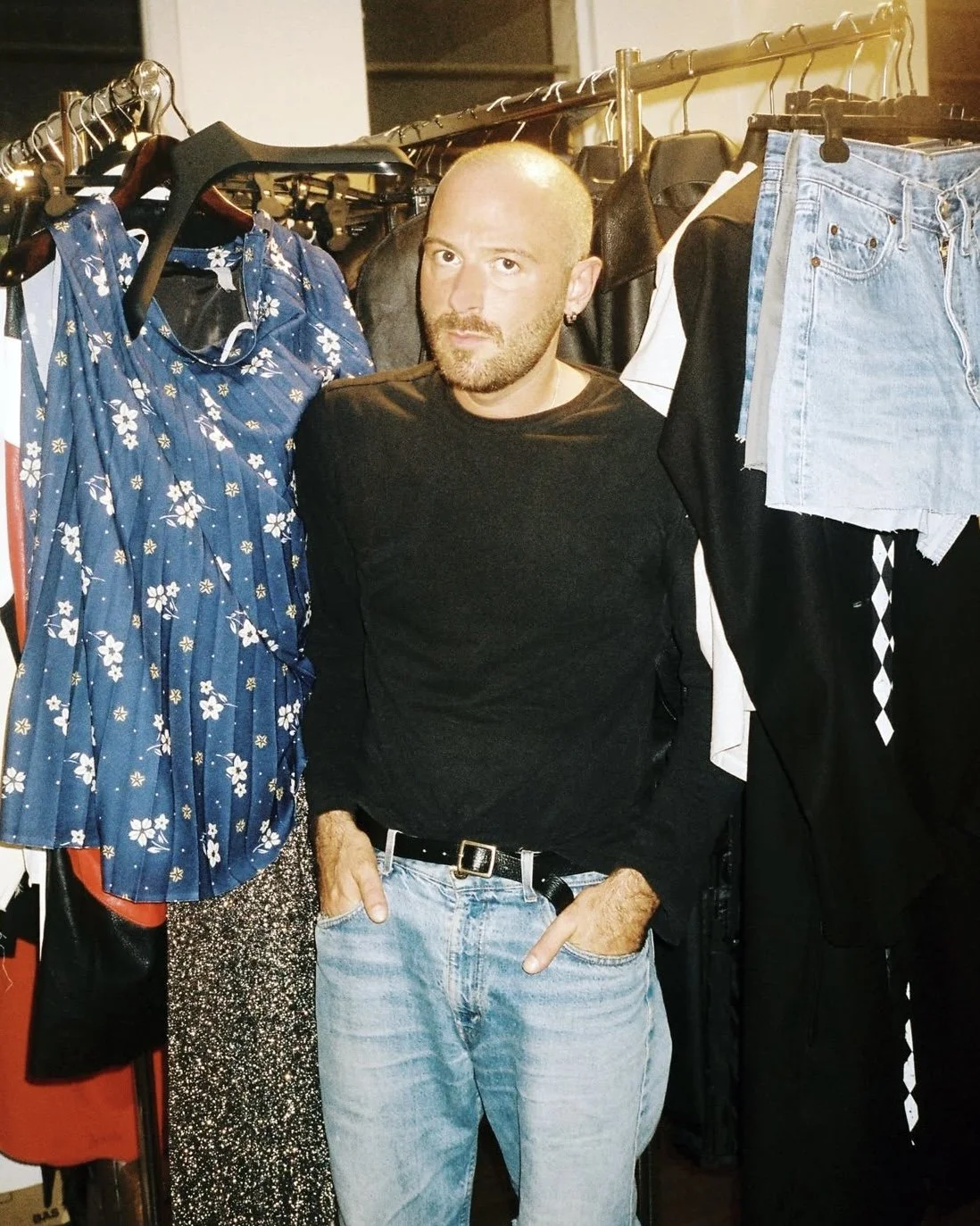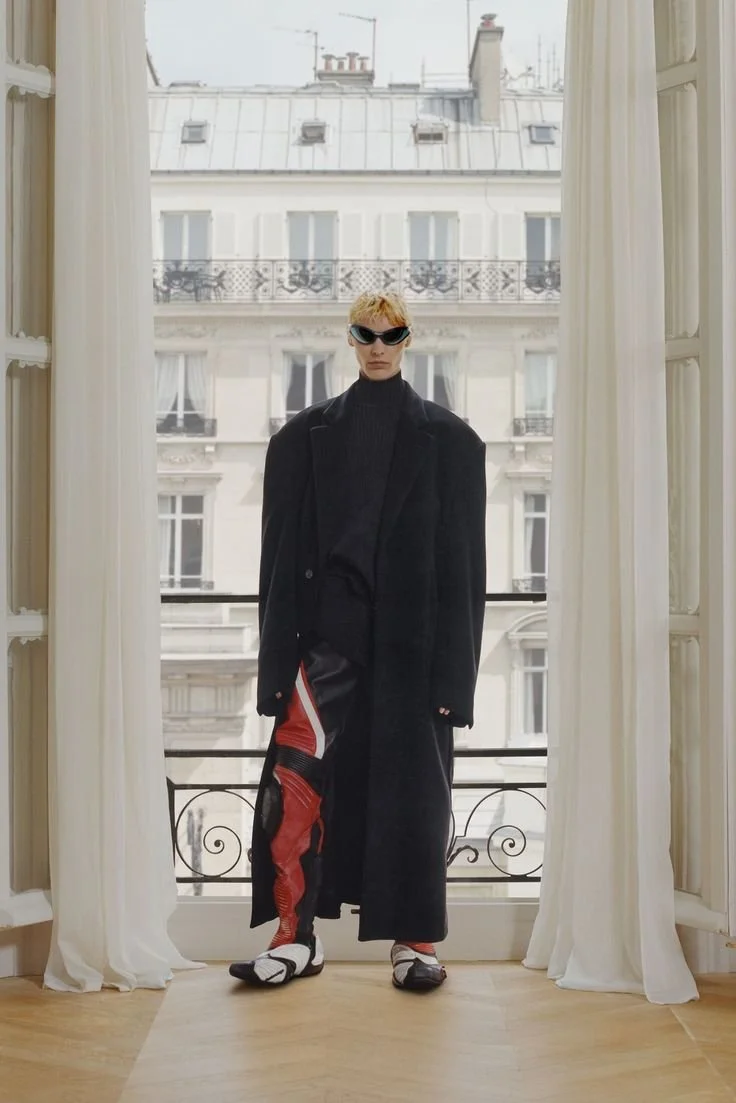The New Gucci Era: What Demna’s Appointment Means for Fashion
The New Gucci Era: What Demna’s Appointment Means for Fashion
Gucci has always been a brand in flux, constantly reinventing itself to meet the moment. But its latest leadership change signals one of the most radical shifts yet. With the appointment of Demna Gvasalia as Artistic Director, the Italian powerhouse is rewriting the rules of its creative structure. The question now is: what does this mean for Gucci’s identity, its commercial standing, and the wider fashion landscape?
The Role Reversal: Creative Director vs. Artistic Director
For decades, Gucci’s creative leads—Tom Ford, Frida Giannini, Alessandro Michele, and most recently, Sabato De Sarno—held the title of Creative Director. This role traditionally encompassed every aspect of the brand’s visual identity, from runway collections to marketing, campaigns, and even store design. It was a position of total creative control, shaping not just the clothes but the narrative around them.
Demna, however, has been appointed as Artistic Director, a title that suggests a more segmented approach. Instead of dictating Gucci’s entire visual ecosystem, he will likely focus on designing collections, while Kering’s internal teams handle branding and commercial strategy. This marks a significant departure from Gucci’s legacy of personality-driven creative leadership. By decentralizing creative power, Kering may be attempting to future-proof the brand, ensuring its longevity isn’t tied to a singular designer’s vision.
From Maximalism to Minimalism (and Back Again?)
Alessandro Michele turned Gucci into a maximalist fever dream—embroidered florals, Renaissance-inspired silhouettes, and an unapologetic embrace of geek-chic opulence. His vision dominated the 2010s, making Gucci the most culturally influential luxury brand of the decade. But by 2021, the tide had shifted. The market, fatigued by excess, began embracing minimalism and quiet luxury. Michele’s aesthetic, once revolutionary, now felt overwhelming. Sales slowed, and Kering pulled the plug.
Alessandro Michele, courtesy of Gucci
Sabato De Sarno was brought in as a corrective measure. His vision? A return to pared-back, wearable luxury. But instead of igniting excitement, his collections landed with a whisper. Too safe to be statement-making, too restrained to be aspirational, De Sarno’s Gucci felt like a house searching for its soul. The market didn’t respond, and by early 2025, he was gone.
Gucci Without a Face
For the first time in decades, Gucci operated without a named creative leader. Its in-house design team took the reins, producing collections without the influence of a single dominant personality. This brief interlude may have been a turning point for Kering, proving that Gucci’s DNA is strong enough to function independently of a creative auteur. The decision to hire an Artistic Director rather than a Creative Director suggests that Kering wants to preserve this balance—allowing the collections to evolve organically while keeping broader brand decisions under corporate control.
The Demna Effect: What Comes Next?
Demna’s tenure at Balenciaga has been nothing short of industry-shaking. Since 2015, he has redefined modern luxury, turning Balenciaga into a conceptual powerhouse, where irony, cultural commentary, and avant-garde silhouettes collide. Avant-garde fashion refers to designs that push aesthetic and structural boundaries, often prioritizing conceptual impact over conventional beauty. Conceptual fashion, in turn, focuses on storytelling and intellectual depth rather than just wearable clothing.
But Gucci is not Balenciaga. Gucci serves a broader, more diverse audience—spanning Gen Z streetwear aficionados to old-money luxury loyalists. Demna’s challenge will be finding a way to infuse his subversive, meme-driven aesthetic into Gucci’s more traditional luxury framework. If he leans too far into Balenciaga-style irony, Gucci risks alienating its heritage clientele. If he tempers his instinct for provocation, he may struggle to bring back Gucci’s lost cultural edge.
Balenciaga by Demna
A Lesson from Fashion’s Great Shake-Ups
History tells us that radical brand shifts can be both brilliant and disastrous. When Hedi Slimane took over Céline in 2018, he erased Phoebe Philo’s legacy overnight, replacing her cult-favorite minimalism with a rockstar aesthetic reminiscent of his work at Saint Laurent. Philo’s loyalists were outraged, but Slimane’s Céline thrived commercially, proving that reinvention—if done with conviction—can override backlash.
On the flip side, abrupt pivots can kill momentum. Gucci learned this the hard way when it moved from Tom Ford’s razor-sharp sensuality to Frida Giannini’s boho-chic vision in 2004. The transition was jarring, and the brand lost relevance until Alessandro Michele’s revival a decade later. More recently, Sabato De Sarno’s shift to quiet luxury was met with indifference rather than acclaim. If Demna doesn’t carefully balance Gucci’s existing DNA with his own disruptive instincts, he risks turning the brand into yet another cautionary tale of creative miscalculation.
Kering vs. LVMH: The Battle of Strategies
Gucci’s parent company, Kering, is making a high-risk, high-reward play with Demna’s appointment. Unlike LVMH, which prioritizes long-term commercial stability, Kering is known for gambling on designers with radical visions. LVMH’s decision to place Pharrell at the helm of Louis Vuitton was a calculated move, leveraging his celebrity status and cross-industry appeal to ensure market security. Prada Group, meanwhile, takes an incremental approach to change, evidenced by its decision to place Raf Simons alongside Miuccia Prada rather than overhaul the brand entirely.
Kering, by contrast, thrives on bold creative bets—sometimes they pay off spectacularly, as seen with Demna at Balenciaga, and sometimes they backfire, as seen with the Sabato De Sarno era at Gucci and the post-Daniel Lee Bottega Veneta stumble. The company is willing to embrace volatility in pursuit of cultural impact, a strategy that has historically yielded both triumphs and missteps.
François-Henri Pinault, CEO of Kering and Marco Bizzarri, former President and CEO of Gucci
The Unfolding Experiment
Gucci is now at a crossroads. If Demna successfully marries conceptual fashion with Gucci’s heritage, this could mark the beginning of a new golden era. If Kering surrounds him with a strong branding and marketing team, ensuring the collections don’t veer too deeply into irony, Gucci could reclaim its cultural throne. But if the brand leans too hard into avant-garde experimentation, ignoring its core luxury consumers, it could face another Céline-style identity crisis.
This isn’t just about one label or another. It’s about the trajectory of fashion itself. Are we witnessing a return to radical, high-concept luxury, or is the industry still gravitating toward timeless, understated elegance?
One thing is certain: all eyes are on Gucci.



